How To Wash Down Pillows? The Ultimate Cleaning Step-by-Step Guide
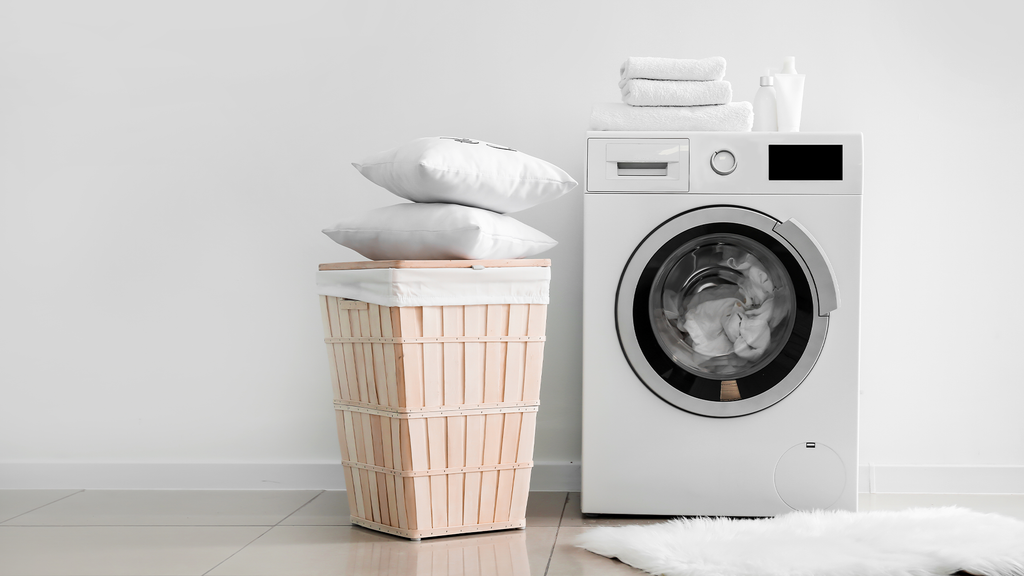
How To Wash Down Pillows?
When it comes to whether down pillows can be washed, a widespread myth is that washing can harm the feathers and down inside the cushion. Down pillows, on the other hand, require regular cleaning for textile protection and dust mite management. According to the International Down and Feather Testing Laboratory, down can be washed without causing damage if the proper process is used. In fact, improperly washed down pillows can serve as a breeding ground for dust mites.
Dispelling Myths: Can Down Pillows Be Laundered?

According to EPA data, the human body sheds roughly 1.5 grams of skin cells per night, providing adequate food for dust mites. Dust mites are a prevalent cause of allergies and asthma, and regular pillow cleaning can significantly reduce their population.
As a result, the proper statement is: Down pillows can and should be washed, but certain preparations and safeguards must be taken. Incorrect washing procedures may damage the pillow's fillings or cause mold to grow inside the pillow. I hope that this scientific theory and data support can dispel your worries and convince you of the need to wash down pillows.
How Frequently Should I Wash My Down Pillow?

Cleaning down pillows every 6 to 12 months is generally suggested. Regular cleaning aids in the preservation of their fluffiness and hygiene. However, excessive washing can harm the feathers and result in scant fabric shells, making it easier for feathers to escape.
- Clean every 3–6 months if there is no pillowcase.
- Cleaning a pillowcase every 6–12 months
Pillow Preparation Before Washing.

- Examine the Care Label: Look for a label or tag with care instructions on the cushion. Some down pillows may come with particular washing instructions.
- Remove the Pillowcase: Before washing, remove the pillowcase or any other covers from the pillow.
- Inspect for Damage: Examine the cushion for tears, rips, or loose seams. Repair any flaws before washing if you don't want feathers flying everywhere.
- Fluff the cushion: Thoroughly shake the cushion to remove any loose dirt or debris. Pat and knead the pillow gently to restore its form and make it fluffy.
- Spot Cleaning: If there are little stains or spots on the pillow, use a light cleaner or spot remover to clean them.
- Choose the Correct Detergent: Use a gentle liquid detergent developed specifically for washing fragile clothing. Select a neutral detergent and avoid using harsh chemicals or bleach, which might harm the down filling.
- Prepare Enough Warm Water: Use water that is between 30°C and 40°C (86°F and 104°F).
- Add Tennis Balls or Dryer Balls: To fluff up the down and prevent clumping, throw in some clean tennis balls or dryer balls.
Selecting Between Hand and Machine Washing Down Pillows.

Washing Down Pillows by Hand.
- Soak the Pillow: Place the down pillow gently in the water and press down to ensure it is completely saturated.
- Gently Agitate: Gently agitate the cushion in the water with your hands. Squeeze and press the pillow gently to allow the detergent to permeate and clean the down clusters.
- Thoroughly rinse: Pour out the soapy water and refill the basin or sink with clean water. Squeeze and push the pillow several times to remove any residual detergent.
- Remove Excess Water: Squeeze out the excess water from the pillow carefully, but avoid wringing or twisting the pillow as this may damage the delicate down clusters.

How to Dry Down Pillows Properly After Hand Washing.
- Gently Remove Excess Water: Gently push and squeeze the cushion to remove as much water as possible before air drying. Wringing or twisting the cushion may cause harm to the delicate down clusters.
- Use Clean, Dry Towels: Lay a clean, dry towel flat on top of the down pillow. To absorb any surplus moisture from the cushion, roll up the towel with the pillow inside.
- Choose a Well-Ventilated space: Air dry the pillow in a well-ventilated space. Air circulation is critical for accelerating the drying process and reducing mold and mildew.
- Avoid Direct Sunlight and Heat Sources: When drying the pillow, keep it away from direct sunlight and heat sources such as heaters or radiators. Excessive heat can harm the down filling and cause the pillow to lose its fluffiness.
- Occasional Fluffing: During the drying process, gently fluff the pillow with your hands. This will aid in the redistribution of the down clusters and the preservation of the pillow's fluffiness.
Tip: It takes at least 5 days for an undried pillow to air dry. The top may feel dry, but the inside filling may not be totally dry. You can tell if a pillow is dry by its weight; a wet pillow will be slightly heavier than usual.

Down Pillows in the Machine.
- Choose the Proper Detergent: Select a gentle detergent made exclusively for down items. Avoid using fabric softeners or bleach, and instead use a neutral detergent.
- Load the Washing Machine: Place two down pillows in the washing machine to keep the load balanced.
- Select the Gentle Cycle: For gentle washing, use warm water with a temperature setting of 30°C to 40°C (86°F to 104°F). High-speed spin cycles should be avoided because they can harm the fragile feathers.
- Wash Cycle: Start the washer and run one wash cycle, allowing at least 40 minutes to remove dirt, grease, and allergens from the pillows.
- Thoroughly Rinse: Make sure to thoroughly rinse the pillows to remove all detergent residues. To completely eliminate the detergent from the pillows, a double rinse is recommended.
How to Dry Pillows Properly After Machine Washing.

- Thoroughly dry the pillow: Set the dryer to low heat, ideally between 50°C and 60°C (122°F to 140°F). It is critical to use gentle heat since high temperatures can destroy the delicate down clusters. The drying time for down pillows varies based on the size of the pillow, the amount of water absorbed after washing, the dryer's performance, and the humidity.
- Low-Heat Drying: It normally takes 2 to 4 hours to completely dry a down pillow on low heat settings. In the dryer, dryer balls or tennis balls serve to accelerate the drying process and keep the down uniformly dispersed.
Follow these steps to ensure your down pillow is completely dry after washing and drying:
- Touch Test: Gently touch the pillow's inside and exterior. If the pillow feels cool or moist, it isn't completely dry and requires extra time to dry.
- Listen for Sounds: Gently shake the cushion to hear any rustling or crunching sounds. If you hear any noise, there could still be moisture in the clusters.
- Examine the Pillow for Clumps: Look for any clumps or lumps. Feel for any compacted down by pressing different parts of the pillow. Clumps indicate that the pillow has not dried completely and requires additional drying time.
- Examine the Surface for moisture or Watermarks: Examine the surface of the pillow for any signs of moisture or watermarks. If you detect any black stains or moist places, this means the pillow hasn't dried entirely and needs to be dried again.
- Weigh the cushion: Weigh the cushion before and after drying, if possible. If the weight has not decreased much after drying, it may still retain moisture and require additional drying time.
- Smell Test: Give the pillow a smell. If you sense a musty or wet odor, this indicates that the pillow is not totally dry and should be dried again.


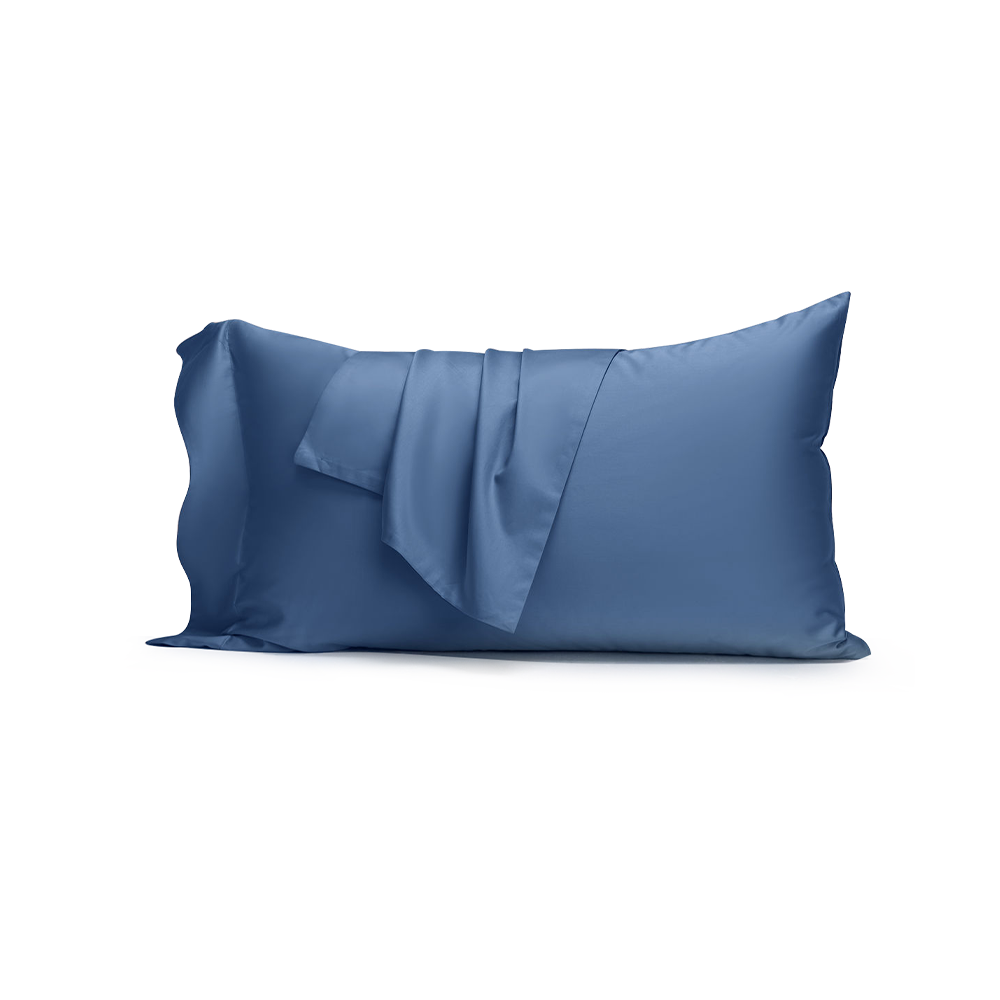



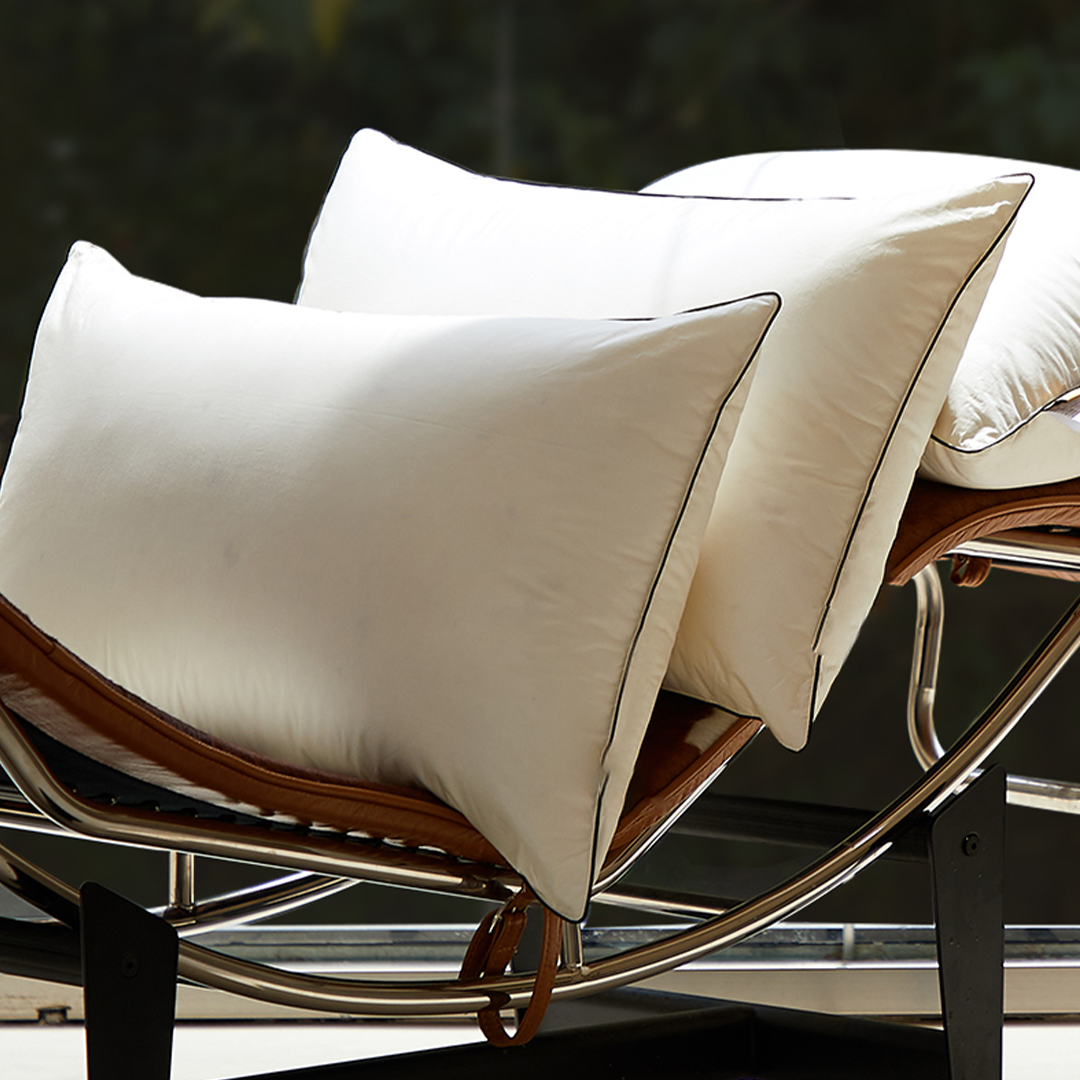
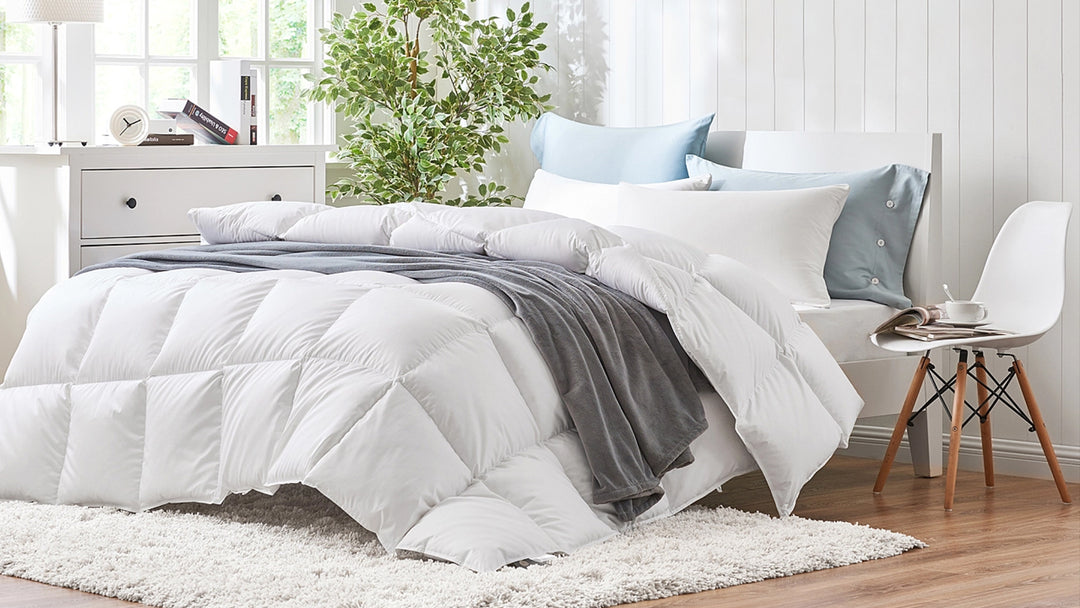


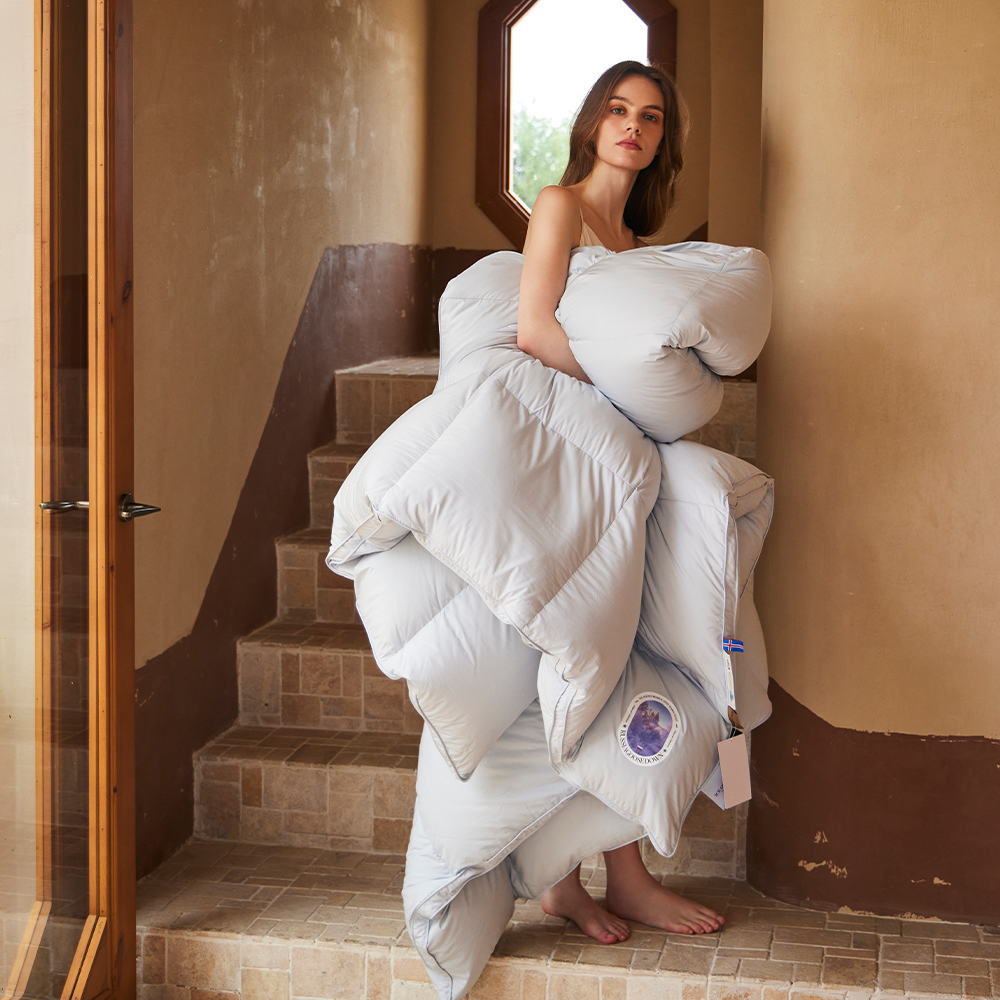
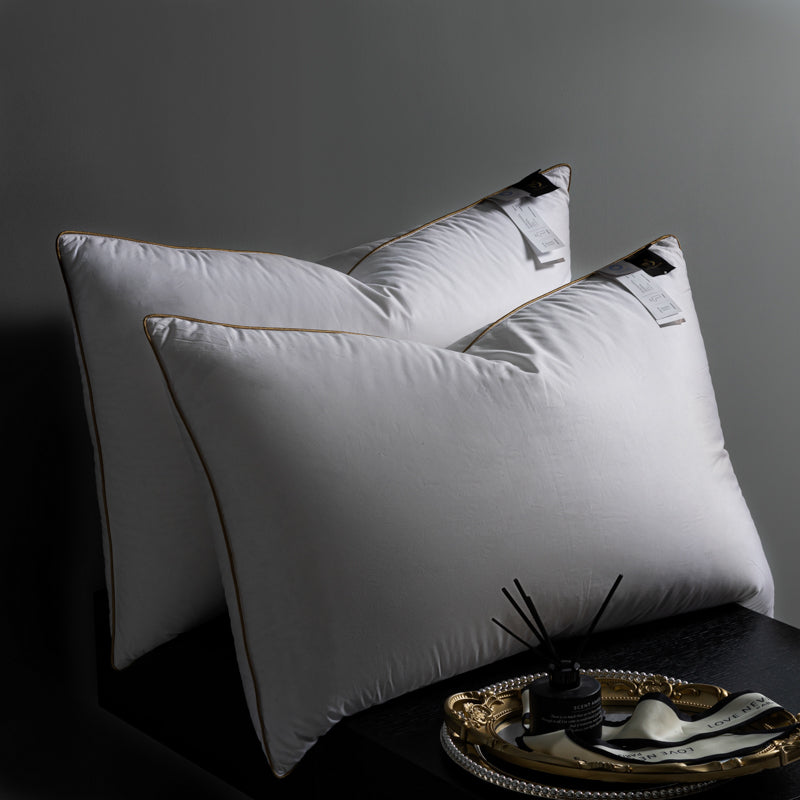
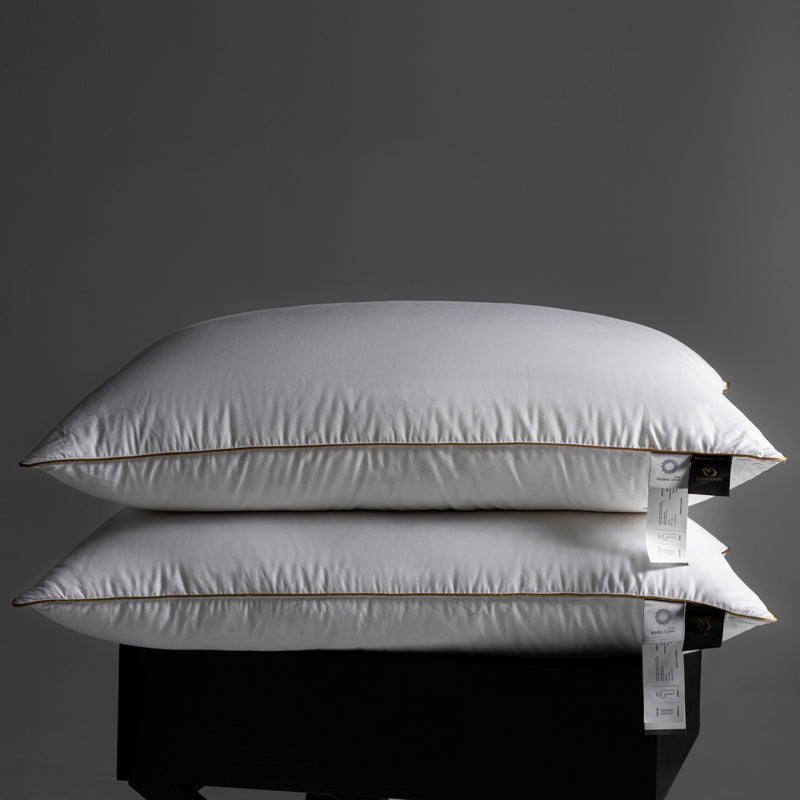
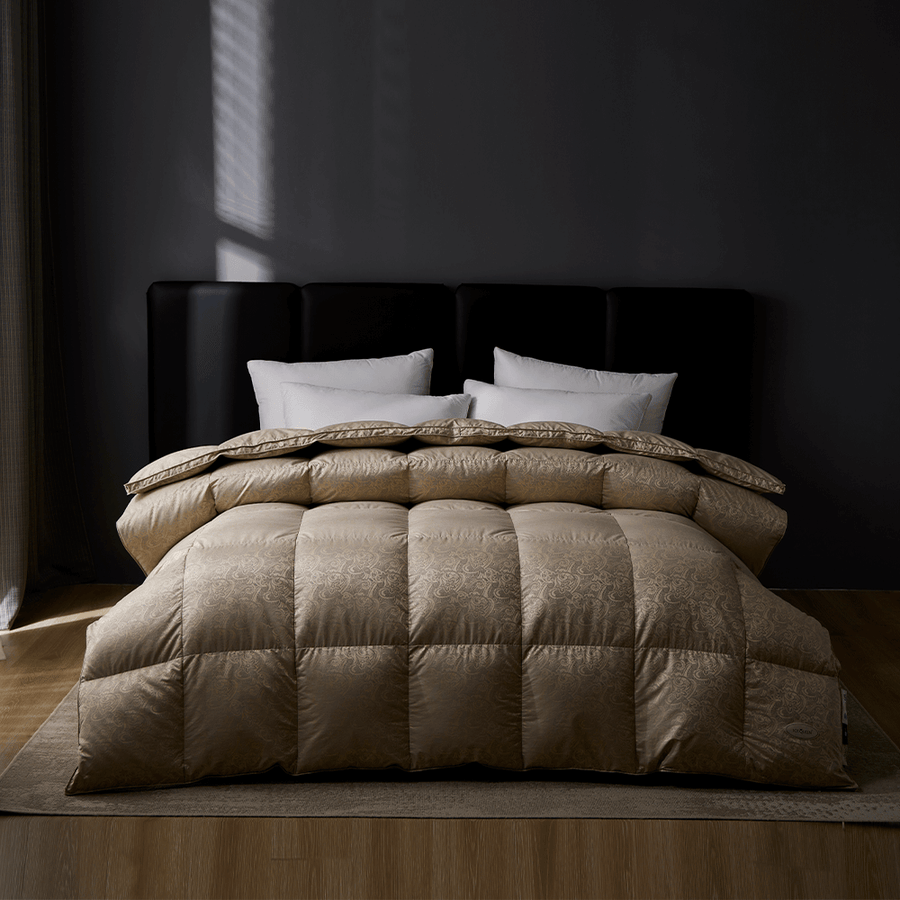
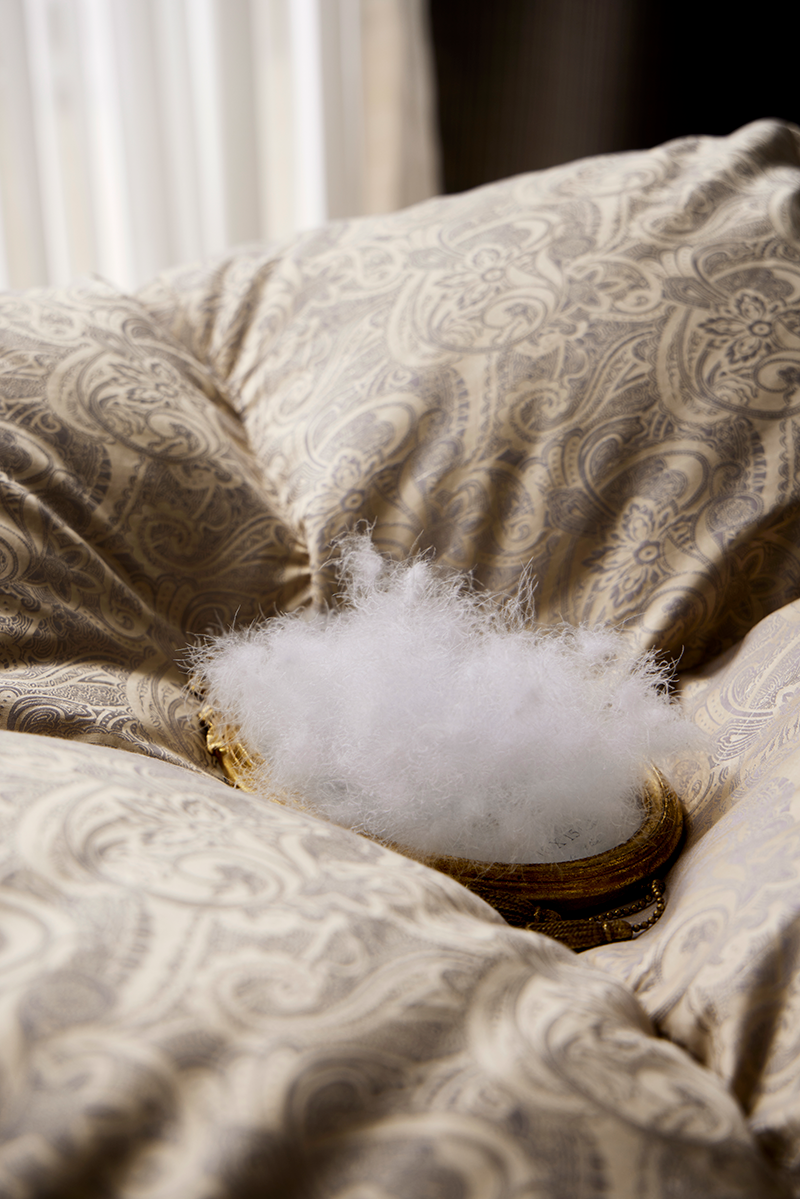

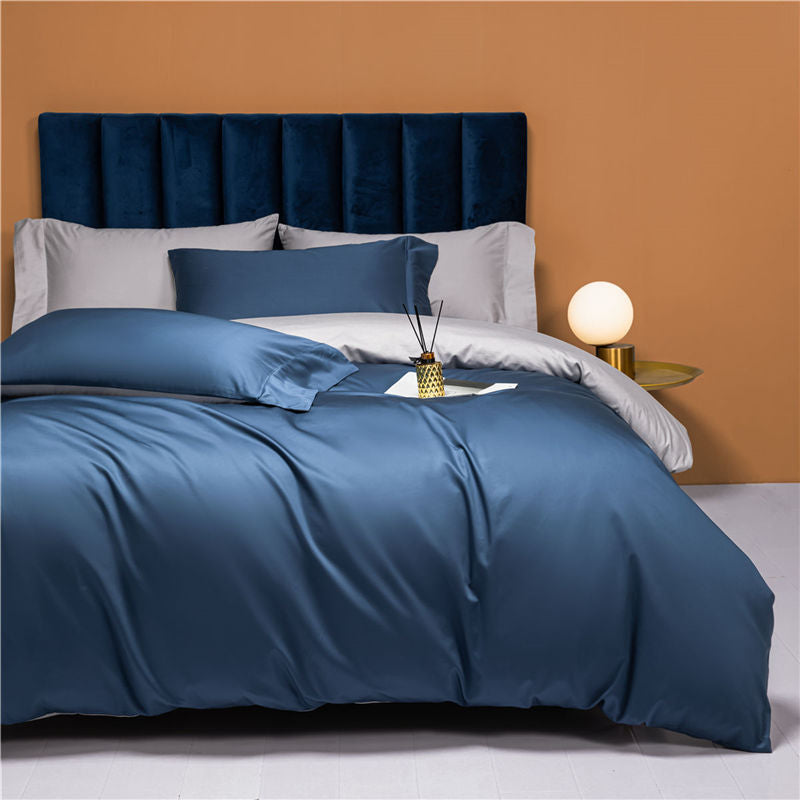


This is far most the Best Pillow I have ever owned in my life! On a scale from 1-10 I give it a 💯❗️The Pillow is soo comfortable. The first night I slept on my pillow, I got up the next morning and for the first time I did not have any stiffness or neck pain. Thank You so much!
Thanks for sharing this blog, I really appreciate your efforts put into this blog. It is very informative and knowledgeable.
Leave a comment